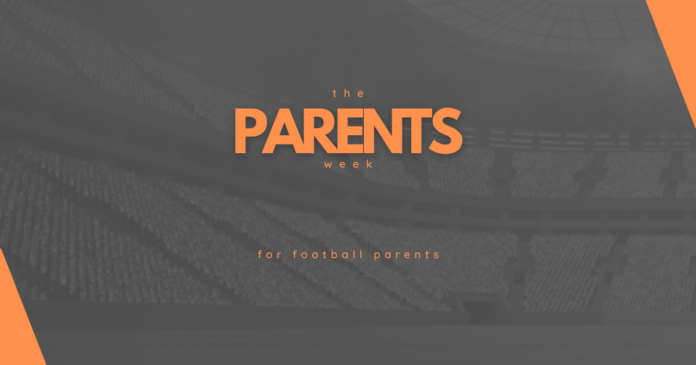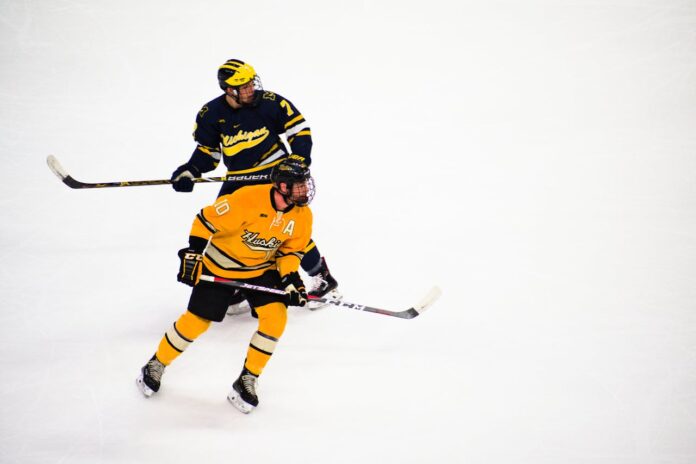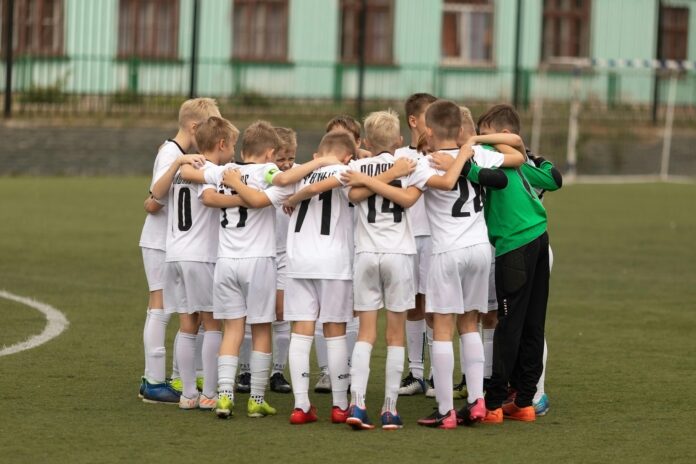Der Job des Sportdirektors im deutschen Profifußball hat in den vergangenen Jahrzehnten einen tiefgreifenden Wandel erlebt. Einst als reine Schnittstelle zwischen Trainer und Vereinsführung gedacht, hat sich die Rolle zu einer strategischen Schlüsselfunktion entwickelt, die maßgeblich den Erfolg eines Vereins mitbestimmt. Ein Blick auf diese Entwicklung zeigt, wie sich das Anforderungsprofil und die Aufgabenbereiche dieses Berufsbildes verändert haben.
Die Anfänge: Der Verwalter von Transfers und Talenten:
In den 1980er- und 1990er-Jahren war der Sportdirektor vor allem für die Organisation der Mannschaft verantwortlich. Seine Hauptaufgabe bestand darin, Spielertransfers abzuwickeln, das Training zu koordinieren und die Wünsche des Trainers an die Vereinsführung zu kommunizieren. In einer Zeit, in der der Fußball noch nicht so stark von wirtschaftlichen Interessen und strategischer Planung geprägt war, hatte der Sportdirektor zunächst eher einen administrativen Charakter, der sich auf organisatorische Aufgaben konzentrierte, bevor er später verstärkt strategische und gestalterische Verantwortung übernahm. Die Entscheidungen wurden oft von der Vereinsführung oder dem Trainerteam dominiert.
Die Professionalisierung in den 2000er-Jahren:
Mit der zunehmenden Kommerzialisierung und Globalisierung des Fußballs begann sich das Bild des Sportdirektors zu wandeln. Die Einführung der DFL im Jahr 2000 und die wachsende Bedeutung von TV-Einnahmen, Sponsorenverträgen und internationalen Wettbewerben erhöhten den Druck auf die Vereine, professioneller und langfristiger zu arbeiten. Sportdirektoren wie Rudi Völler bei Bayer Leverkusen oder Uli Hoeneß beim FC Bayern München prägten diese Phase. Sie kombinierten sportliches Fachwissen mit wirtschaftlichem Gespür und waren maßgeblich für die strategische Ausrichtung ihres Vereins verantwortlich.
In dieser Zeit wurde auch der Begriff des “Managers” populär, insbesondere in Anlehnung an das englische Modell, wo eine Person sowohl sportliche als auch wirtschaftliche Entscheidungen trifft. In Deutschland setzte sich jedoch eine Arbeitsteilung durch, bei der der Sportdirektor die sportlichen Belange verantwortet, während der Geschäftsführer für die wirtschaftlichen Aspekte zuständig ist.
Die Gegenwart: Der strategische Architekt:
Heute ist der Sportdirektor nicht mehr nur ein Verwalter, sondern immer mehr auch ein strategischer Architekt. Seine Aufgaben können weit über Transfers hinausgehen. Dazu gehören:
- Kaderplanung: Der Aufbau eines ausgewogenen, wettbewerbsfähigen Kaders mit einer langfristigen Perspektive.
- Talentförderung: Enge Zusammenarbeit mit der Jugendabteilung, um Talente zu entdecken und zu fördern.
- Spielphilosophie: Entwicklung und Implementierung einer einheitlichen Spielidee, die sich durch alle Altersklassen zieht
- Kommunikation: Vermittlerrolle zwischen Mannschaft, Trainerstab, Vereinsführung und Medien.
- Datenanalyse: Nutzung moderner Technologien und Analysen, um Entscheidungen faktenbasiert zu treffen.
Der moderne Sportdirektor agiert heute oft im Spannungsfeld zwischen kurzfristigem Erfolg und langfristiger Stabilität. Dies erfordert nicht nur fußballerische Expertise, sondern auch Führungsqualitäten, Belastbarkeit und ein gutes Gespür für wirtschaftliche Zusammenhänge.
Beziehung zu anderen Rollen im Verein:
Der Sportdirektor ist den anderen Mitarbeitern im Verein, wie Kaderplaner oder Scouts, in der Hierarchie meist übergeordnet, da er häufig eine Gesamtverantwortung trägt. Er interpretiert die Berichte und Empfehlungen der Scouts und des Kaderplaners, aber die endgültigen Entscheidungen, etwa bei Transfers oder Spielerverträgen, liegen meist bei Ihm. Im modernen Fußball ist jedoch zu berücksichtigen, dass die Hierarchie und Vereinsführung stark vom Verein und dessen Struktur abhängt.
Herausforderungen und Trends:
Aktuelle Entwicklungen wie die steigenden Ablösesummen, der Einfluss von Investoren und die zunehmende Bedeutung von Nachhaltigkeit und Diversität stellen neue Herausforderungen dar. Themen wie die Einbindung von Frauen in Führungspositionen, die Integration sozialer Verantwortung und die Balance zwischen Erfolg und finanzieller Stabilität rücken stärker in den Fokus.
Ein prominentes Beispiel für diesen Wandel ist Max Eberl, der als ehemaliger Sportdirektor von Borussia Mönchengladbach über ein Jahrzehnt hinweg eine nachhaltige Entwicklung des Vereins vorantrieb und den Club von einem Abstiegskandidaten zu einem festen Bestandteil der Bundesliga-Spitze formte. Solche Karrieren zeigen, wie stark die Rolle des Sportdirektors an Bedeutung gewonnen hat.
Durch den Trend des Multi-Club-Ownership wird die Fußballwelt zunehmend globaler und stärker miteinander vernetzt. Sportdirektoren stehen dadurch vor der Herausforderung, nicht nur einen einzelnen Verein zu managen, sondern übergreifend mehrere Vereine gleichzeitig zu koordinieren. Dies erfordert eine neue Art von Führungskompetenz, die sich nicht nur auf sportliche, sondern auch auf wirtschaftliche Aspekte konzentriert.
Die Komplexität dieser Aufgabe wächst, da Sportdirektoren in der Lage sein müssen, unterschiedliche Kulturen, Märkte und Strategien zu verstehen und miteinander zu verbinden. Gleichzeitig wird die Fähigkeit, mehrere Sprachen zu sprechen, zu einem unverzichtbaren Bestandteil, um effektiv auf internationaler Ebene zu agieren.
Vertragsgestaltungen/ Exit:
Mittlerweile werden Profile/ Funktionäre in den Keypositionen u.a. Sportdirektoren wie Spieler in der heutigen Zeit auf dem Markt gehandelt und auch transferiert. So fallen auch hier für Sportdirektoren Ablösesummen an, welche sich in einem gültigen Arbeitsverhältnis befinden. Ebenso gibt es Ausstiegsklauseln für den möglichen „nächsten Schritt“ in der Karriere eines Sportdirektors. Agenturen werden auch hier bereits zu Marktüblichen Kondition finanziell in die Verträge mit eingebunden durch Signing-Fees oder prozentuale Vergütungen, gemessen an dem Gehalt des Direktors.
Bildung:
Die FIFA und UEFA bieten mittlerweile spezialisierte Bildungsprogramme für Sportdirektoren und Fußballmanager an. Die UEFA Academy stellt unter anderem das UEFA Diploma in Football Leadership and Management bereit, das Führungskräfte in Management- und Entscheidungsprozessen schult. Für ehemalige Spieler gibt es das UEFA Executive Master for International Players, das ihnen den Übergang in Führungspositionen erleichtert.
Auch die FIFA bietet mit dem FIFA Diploma in Club Management ein Programm an, das Clubmanager und ehemalige Profis in Bereichen wie Strategie, Marketing und Finanzen weiterbildet. Diese Kurse kombinieren Online-Module mit Präsenzveranstaltungen und richten sich an Fachkräfte weltweit.
Solche Programme unterstreichen die wachsende Bedeutung der professionellen Ausbildung von Sportdirektoren, um den Anforderungen der modernen Fußballbranche gerecht zu werden. Sie schaffen zudem eine Plattform, um sich international zu vernetzen und von führenden Experten zu lernen.
Fazit:
Der moderne Sportdirektor der Zukunft muss neben sportlichen und wirtschaftlichen Fähigkeiten auch exzellente Führungsqualitäten mitbringen. Die Leitung und Entwicklung internationaler Teams erfordert ein hohes Maß a Leadership, um Menschen zu inspirieren, anzuleiten und weiterzubilden. Diese vielseitigen Fähigkeiten werden entscheidend sein, um den Anforderungen des globalisierten Fußballs gerecht zu werden.










